This guide provides key facts about Rocky Mountain National Park to help you plan your trip.
Rocky Mountain National Park (RMNP) is an incredible expanse of land in north central Colorado just a short drive from Denver. Spanning over 260,000 acres, RMNP is home to meadows, alpine lakes, and, as the name suggests, mountains. RMNP has some of the tallest mountains in the United States, with 77 peaks taller than 12,000 feet and the highest paved road, Trail Ridge Road. Depending on the season, visitors can hike, camp, ski, birdwatch, fish, and much more!
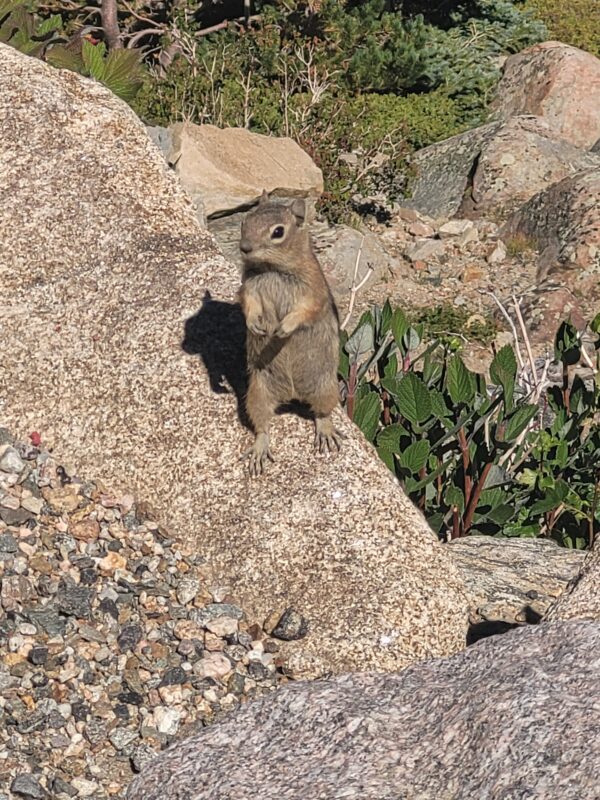
Inspiration
I absolutely love the mountains, so when visiting Denver, I was interested in taking a day trip to the Rocky Mountain National Park. The Rockies are some of the most beautiful and majestic mountains in the United States, so visiting the national park has been on my bucket list for ages!
Travel Style
For my trip to Rocky Mountain National Park, I opted to participate in a tour, as I have no experience driving in the mountains. Through Get Your Guide, I discovered Explorer Tours, which offers tours departing from Union Station in Denver. The tour included a guide, transportation, bottled water, and lunch.
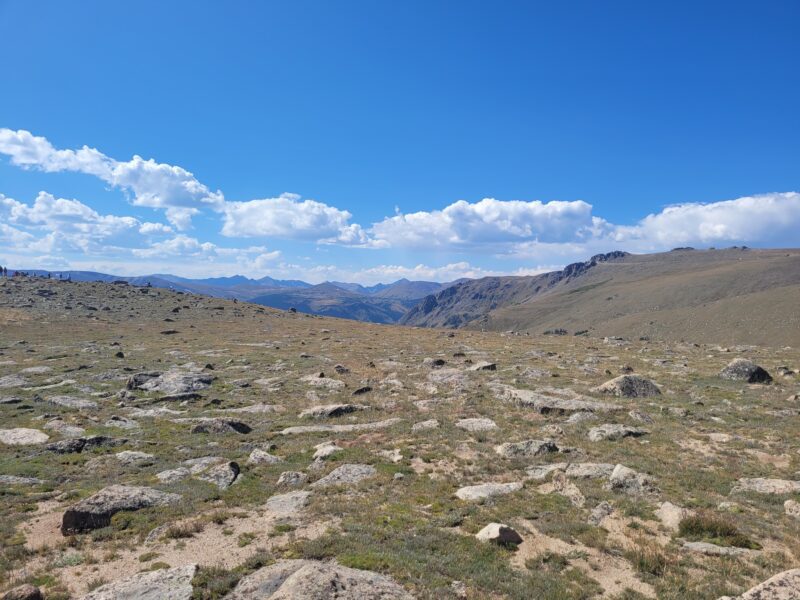
Destination Guide
My destination guide to Rocky Mountain National Park includes details on trails and viewpoints, tips on the best times to visit, an overview of the park’s reservation system, and information about Explorer Tours.⬇️
Rocky Mountain National Park Guide
Key Facts
Weather: Mountain weather is unpredictable, so it is wise to be prepared. Summers can bring unexpected rains and thunderstorms, and during the winter, snowstorms are common. Sometimes, snow falls well into late spring, blocking some of the roads and trails. Always check the national park’s office website and local reports. I visited the Rocky Mountain National Park on August 31, and temperatures were hovering around the low 80s (F). At the higher altitudes, there was a slight breeze, but it was still quite warm. Fall is an ideal season to visit the park, with its cooler weather and vibrant fall foliage colors.
Note that due to the park’s large size and varying altitudes, weather conditions can differ throughout Rocky Mountain National Park.
Transportation: The best way to get around Rocky Mountain National Park is with a personal vehicle. The park offers a complimentary shuttle, but it only serves the Bear Lake Road Corridor. If interested in the trails and lookouts on Trail Ridge Road, you will either need a car or participate in a tour.
Note that certain roads within the park are not accessible to vehicles during the winter.
Safety: When driving through Rocky Mountain National Park, visitors should be mindful of steep inclines, blind curves, and wildlife that may be standing in the road. Guests also need to remember that at higher elevations, one is more susceptible to altitude sickness and sunburn, due to the thinner atmosphere.






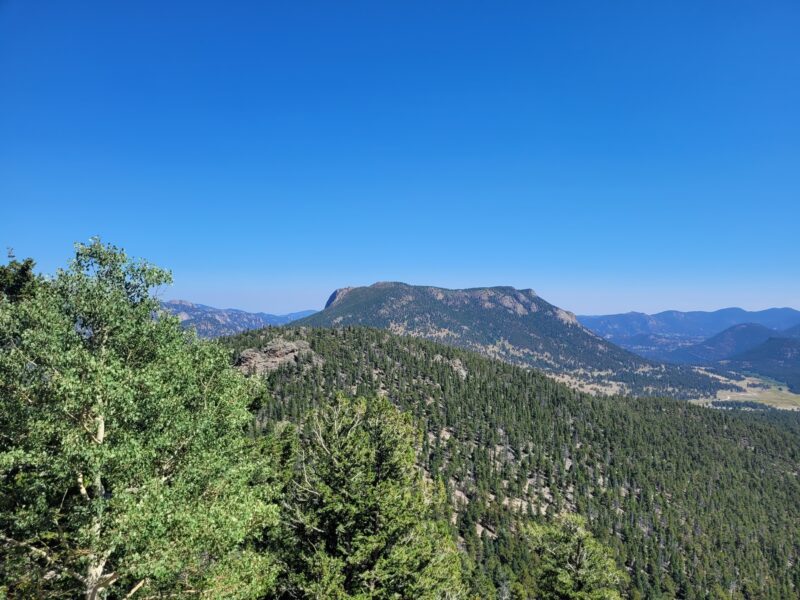
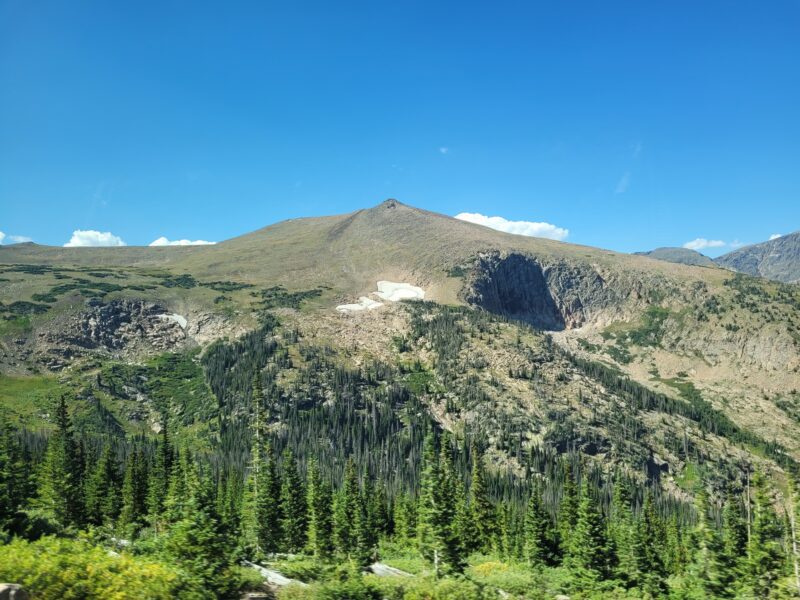
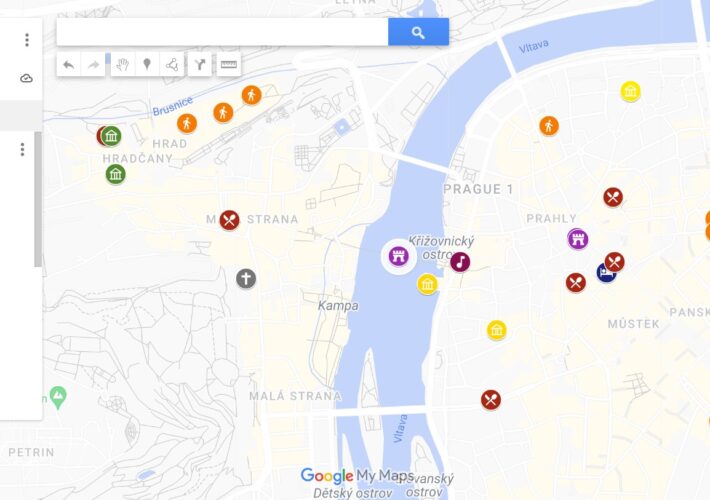




Leave a Comment